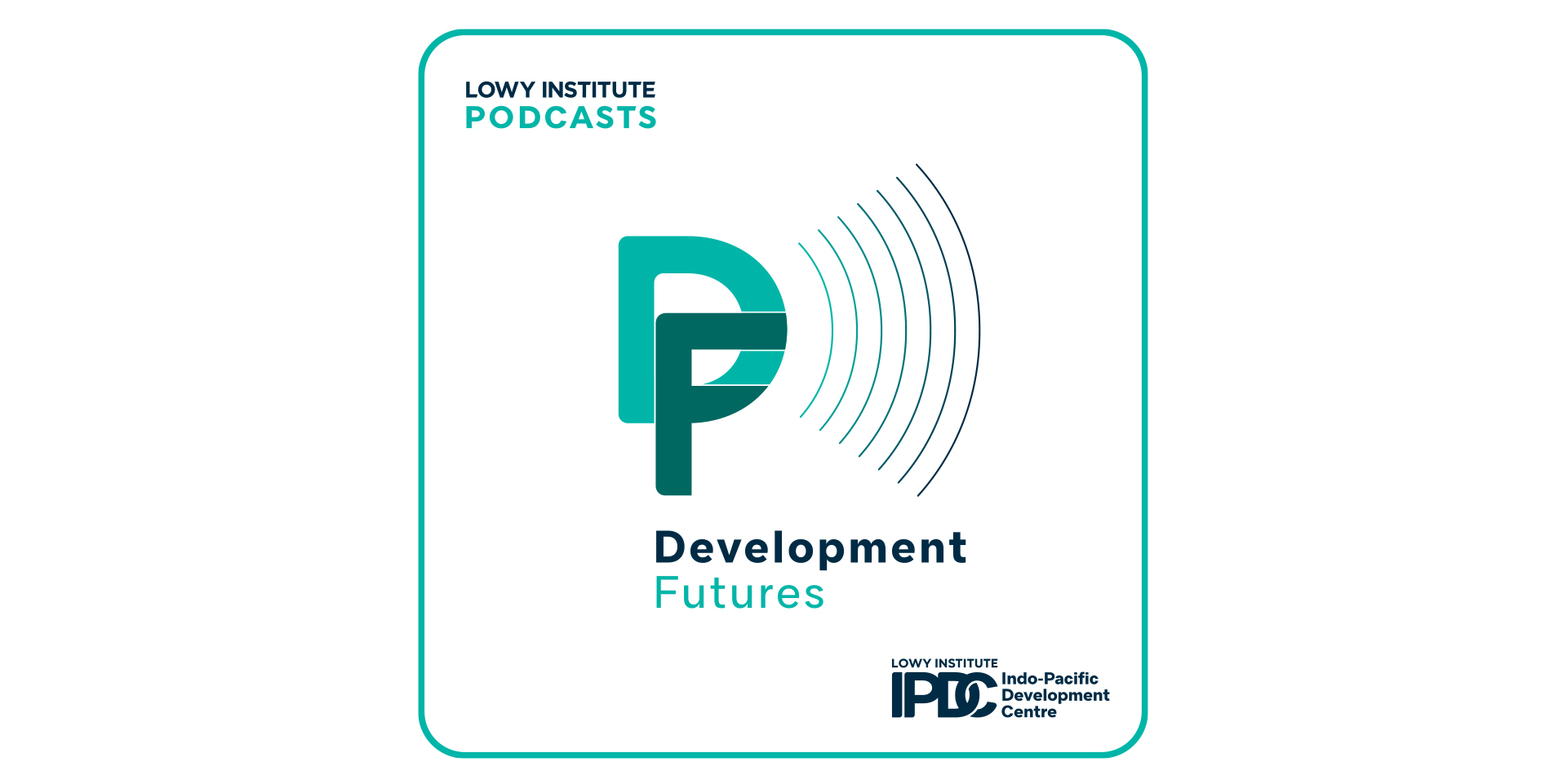
America has seen an unprecedented migration boom in recent years, with almost four times the typical number of people moving into the country compared to leaving. This is a significant shift from past levels, and it has had significant economic consequences.
Canada, Britain, and Australia have also experienced record-breaking levels of immigration in 2019, with more than double their pre-covid levels of net migration. The impact of this influx is being felt across many sectors, including the labor market.
The foreign-born labor force in America has grown by 9% since the start of 2019, while in Britain it has increased by around a fifth. This surge in immigration is expected to contribute to America’s strong economic growth over the next decade, making its economy 2% larger than previously forecasted.
However, immigration goes beyond just GDP and can influence factors like inflation, living standards, and government budgets. One important aspect of the recent wave of immigrants is that a larger proportion of them are low-skilled compared to previous arrivals. This could have long-term implications for the economy and society as a whole.






